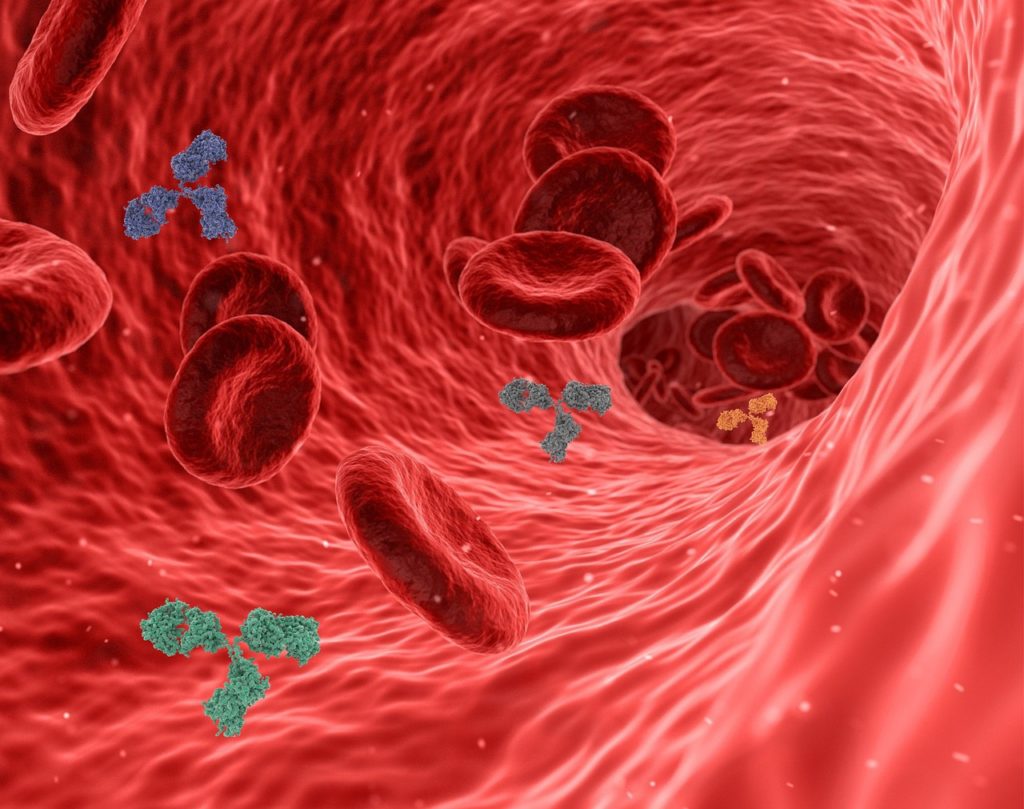
A new study from Brigham and Women’s Hospital, a founding member of the Mass General Brigham healthcare system, suggests that positron emission tomography (PET) brain scans could reveal hidden inflammation in patients with multiple sclerosis (MS) who are being treated with highly effective treatments. The findings were published in Clinical Nuclear Medicine.
“One of the perplexing challenges for clinicians treating patients with MS is after a certain amount of time, patients continue to get worse while their MRIs don’t change,” said lead author Tarun Singhal, MD, MBBS, an associate professor of Neurology in the Brigham’s Department of Neurology and director of the PET Imaging Program in the Ann Romney Center for Neurologic Diseases. “This is a new approach that is potentially going to be very helpful for the field, for research, and hopefully for clinical use.”
Singhal collaborated with others in the Brigham Multiple Sclerosis Center and the Ann Romney Center. The study started when Singhal noticed that patients treated with the most effective MS treatments were experiencing worsening symptoms. The team has worked for the past eight years on developing an approach of imaging cells called microglia. Microglia are immune cells in the brain that are thought to have a role in MS disease progression but cannot be seen by a routine MRI. The team developed a technique called F18 PBR 06 PET imaging. It involves the injection of a tracer, or dye, that binds to the microglia cells.
Rohit Bakshi, MD, of the Department of Neurology and a co-author on the paper, said increased microglial activity means more atrophy of grey matter in the brain.
“This can affect cognition, movement, fine motor skills, and other aspects of their life,” Bakshi said.
In their paper, the authors describe the term “smouldering” inflammation. Just as a smouldering fire can burn slowly without smoke or flame, smouldering inflammation may linger in patients with MS, driving disease progression and symptoms, even when it cannot be assessed on MRI.
The newly published study involved performing PET scans on 22 people with MS and eight healthy controls. Researchers measured the glial activity load on the PET scans, a new measure developed in Singhal’s lab where lab members looked at the level of smouldering inflammation from microglia in MS patients. They compared those scans to patients’ disability and fatigue levels and not only found that PET scans could show hidden inflammation caused by microglia, but the damage to patients’ brains correlated with the disability and fatigue levels they were experiencing. The researchers were also able to better classify patients with MS between high-efficacy and low-efficacy treatments. Those with low-efficacy treatments had more abnormalities on their PET scans, suggesting more microglial cell activation. Those using high-efficacy treatments had a lower degree of PET abnormality than those on no or low-efficacy treatments but still had an abnormal increase of microglial activation compared to healthy people, suggesting that while high-efficacy treatments helped to reduce neuroinflammation, there was residual inflammation despite treatment, which could account for future worsening and progression independent of relapse activity (PIRA) in these MS patients.
“Our therapies are excellent in that we’ve improved MS patients’ lives,” Bakshi said. “There’s no doubt about that, but we’re still not at the finish line.”
One limitation to the study is the initial group was small. The authors note that PET scans can also be expensive and expose patients to some level of radiation, whereas MRIs do not. Singhal said that radiation could be reduced because of the long half-life and the requirement for a lower administered dose of the F18 PBR06 tracer. The tracer also produces better imaging characteristics than previously used tracers with shorter half-lives.
Bakshi said despite the limitations, the study shines an important light on the power of PET scanning, specifically to find microglial activation.
“This study tells us something new about the disease and may be giving us an important clue as to what is driving disease progression in patients,” he said.
Singhal said before the technique can be used routinely in a clinical setting, it must be validated on a larger sample size. Other longer half-life PET tracers have been approved by the FDA for clinical use, for example, amyloid PET tracers for studying Alzheimer’s disease. If approved, [F-18]PBR06 could also be used to personalize and predict a patient’s treatment course in MS and other brain diseases. However, the authors note that even before approval, [F-18]PBR06 can help advance drug development and perform multicentric clinical trials.
“It’s very exciting that our novel approach worked and correlated so strongly with clinical measures we assessed,” he said. “It means our approach is relevant clinically.”



